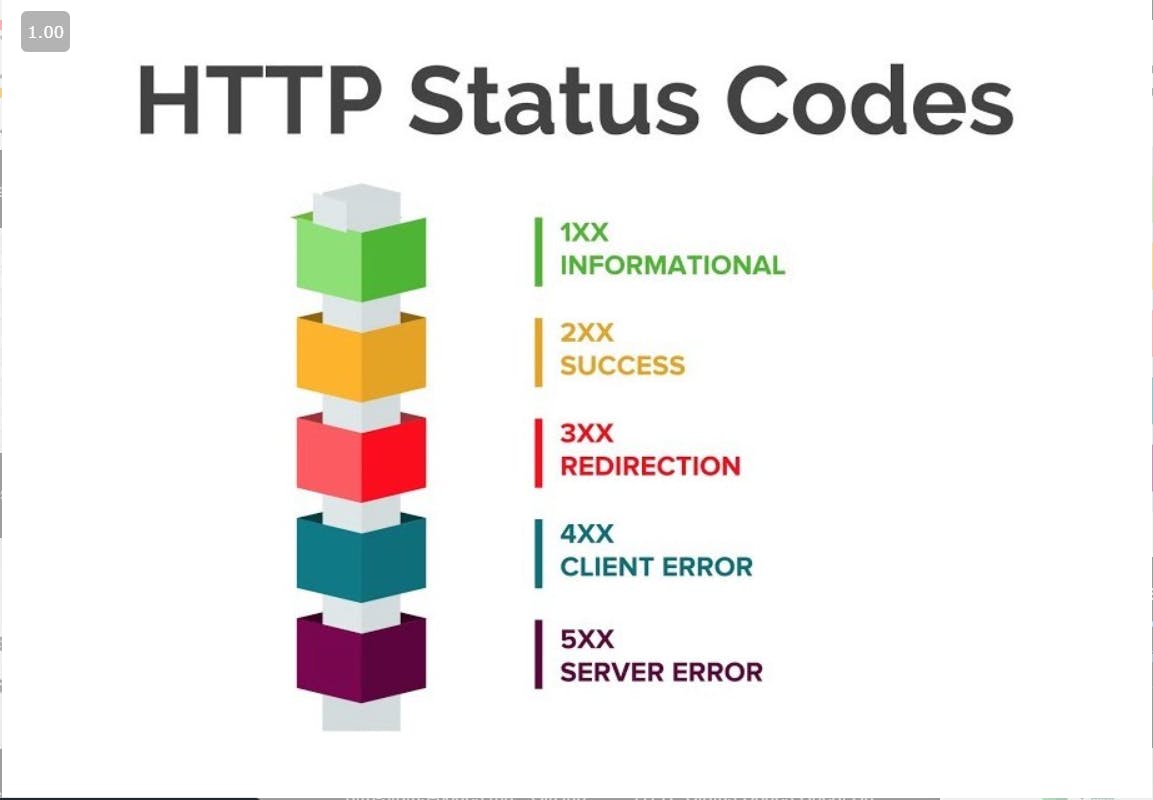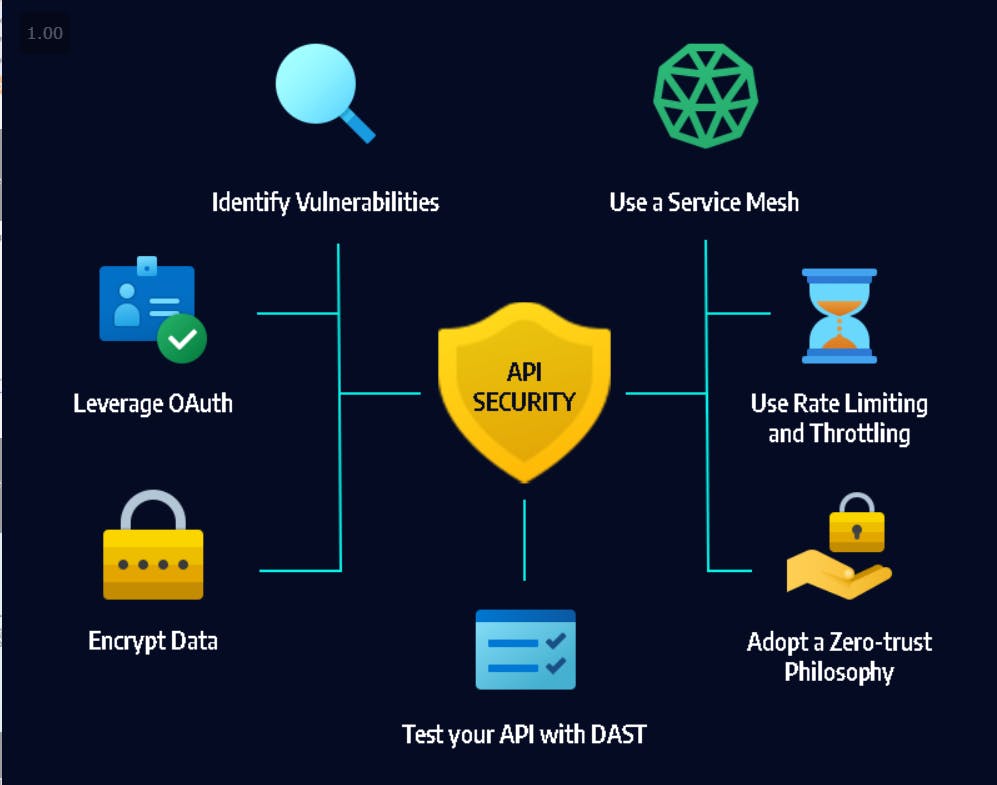Decoding the Secrets of APIs: Understanding the Inner Workings and Types of APIs
In today's digital age, APIs (Application Programming Interfaces) have become an integral part of software development. They allow different systems and applications to communicate with each other seamlessly, providing a wide range of functionalities and services to users. In this blog, we will deep dive into the theoretical aspects of APIs, and how to effectively use them in software development. Whether you are a beginner or an experienced developer, this blog will help you understand the key concepts of APIs and how to use them to build powerful and efficient software applications.
Introduction:
API design is important as it determines the usability, scalability, and maintainability of an application or service. A well-designed API allows for easy integration and use by third-party developers, making it more likely for the application or service to be adopted and used. On the other hand, poor API design can lead to confusion, difficulty in integration, and ultimately, decreased usage and success of the application or service.
How HTTP & HTTPS works:
HTTP is a hypertext transfer protocol
HTTP is connectionless and stateless
For a better understanding of HTTP and HTTPs
Types of APIs:
Web-based APIs: These are the most commonly used type of APIs. They allow applications to communicate with each other over the internet. They can be used to access web-based services such as social media platforms, weather services, and online databases.
Database APIs: These APIs provide a way for applications to interact with databases. They allow for the retrieval, creation, and updating of the data stored in a database. They are commonly used in enterprise applications and web applications.
Operating system APIs: These APIs provide a way for applications to interact with the underlying operating system. They allow for the retrieval and manipulation of system resources such as memory, disk space, and system settings. They are commonly used in system software and mobile applications.
Library and Framework APIs: These APIs provide a set of pre-built functionality that developers can use in their applications. They are commonly used in software development to speed up the development process and reduce the amount of code that needs to be written. Examples of library and framework APIs include the Java API and the .NET framework API.
| SOAP APIs | REST APIs |
| Simple object access protocol | Representational State Transfer |
| Protocol old(1990) | New and used these days |
| Uses SOAP Protocol | Uses HTTP protocol |
| Very secure | Less secure |
| Need less coding | Requires a bit more coding |
| Slow and heavier | Fast and lighter |
| The cache is not possible | Cache is possible |
What do APIs consists of?
APIs (Application Programming Interfaces) consist of a set of rules, protocols, and tools that enable two different systems to interact with each other. The main components of API are:
Endpoint: This is the URL or the address of the API, to which the client sends a request.
Method: The HTTP method used to send the request. Commonly used methods are GET, POST, PUT, and DELETE.
Headers: Additional information sent along with the request, such as the type of content being sent, the format of the data, and the authentication credentials.
Body: The data sent in the request, typically in JSON or XML format.
Status Codes: The response returned by the API, indicating the success or failure of the request. Commonly used status codes are 200 (OK), 201 (Created), 400 (Bad Request), and 401 (Unauthorized).
Response Body: The data sent back in the response, typically in JSON or XML format.
Error Handling: A mechanism for handling errors that may occur during the execution of the API.
Authentication & Authorization: A mechanism for validating the identity of the client and determining their access rights to the API.
Versioning: A mechanism for managing changes to the API over time, allowing clients to continue using older versions while newer versions are released.
Caching: A mechanism for storing frequently requested data in a cache, to reduce the load on the server and improve performance.
API Methods:
APIs consists of various methods, also known as HTTP verbs, that specify the action to be performed on the specified resource. The most commonly used API methods are:
GET: Retrieves a specific resource or a collection of resources.
POST: Creates a new resource.
PUT: Updates an existing resource.
DELETE: Deletes an existing resource.
PATCH: Partially updates an existing resource.
HEAD: Retrieves the headers of a specific resource.
OPTIONS: Retrieves the options and requirements for a specific resource.
Status Codes:

Status codes are a standard HTTP feature that indicate the status of a response to a request. They consist of a three-digit number and a brief reason phrase that describes the status.
1xx (Informational): The request was received, continuing process
2xx (Successful): The request was successfully received, understood, and accepted
3xx (Redirection): Further action needs to be taken in order to complete the request
4xx (Client Error): The request contains bad syntax or cannot be fulfilled by the server
5xx (Server Error): The server failed to fulfill a valid request
Some common status codes include:
200 OK: The request was successful and the server returned the requested data
201 Created: The request was successful and a new resource was created as a result
204 No Content: The request was successful but there is no data to return
400 Bad Request: The request was malformed or invalid
401 Unauthorized: The request requires authentication
403 Forbidden: The server understands the request, but refuses to authorize it
404 Not Found: The requested resource could not be found
500 Internal Server Error: An error occurred on the server while processing the request
503 Service Unavailable: The server is temporarily unavailable and unable to handle the request.
How APIs are made on backend?
Apis are typically created on the backend using programming languages such as Java, python or Node.js. The process generally involves following steps:
Define endpoints
Write the code
Connect to the database
Handle authentication and authorization
Test and deploy
How to secure your API?

There are several way to keep an API secure:
Authentication
Authorization
Encryption
Input validation
Rate limitting
Logging and monitoring
Keeping software upto date
Regular security system
Use of secure protocols
Least privelage access.
In conclusion, understanding the importance and technical details of API design and implementation is crucial for the success of any application or service. It is important to keep in mind best practices for creating and consuming APIs, as well as ensuring the security of the API. By staying informed and educated on the latest developments in the field, we can continue to build innovative and effective solutions.
Thank you 💗 for reading and we hope you found this information valuable .
